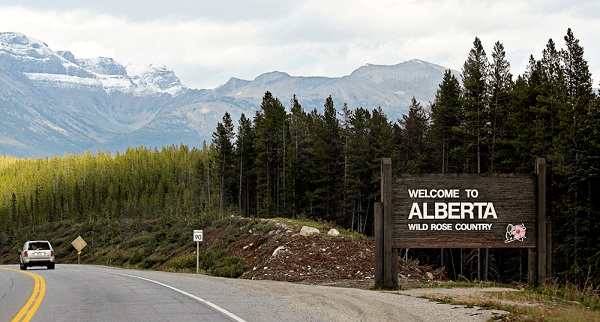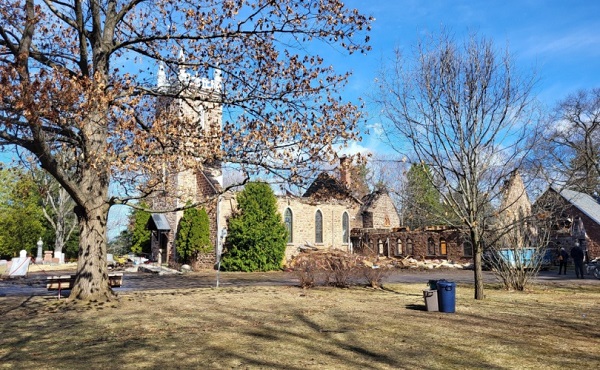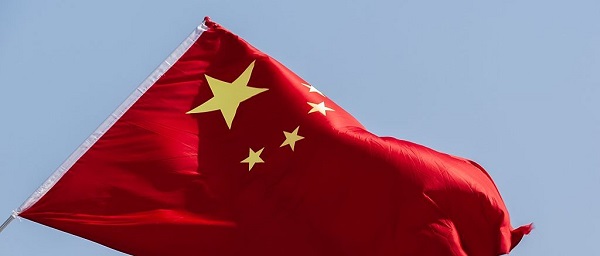Alberta
Fast Action, And Fair So Far

Fast Action, And Fair So Far
All over the world, one of the first political acts after coronavirus declared itself was to shut down all sports events. Now, with the same coronavirus persisting, and in some cases expanding, its dismal influence, many of the same elected individuals are rushing to open those events as widely and as often as possible.
It’s obvious that presidents, commissioners and other leaders in the athletic world are doing their best to keep up with this mad charge to activity that features millionaires on local, national and international television. The majority agrees it is neither wise nor important to wait for fans to fill the seats before starting or replacing seasons in all major-league sports.
North America’s four most-watched pro sports – soon to be recognized as five, including soccer — have already declared preferred, possible or potential starting dates: officials in every case are ensuring that large or small COVID-19 outbreaks could force further adjustments and, of course, ultimate elimination of their entire project.
At this moment, baseball is dealing with the sad fact that many teams are dealing with fierce emergencies. A lot of programs have been shut down and there have been stated suspicions that some facilities will not be suitable for the 30 home games designated in a stormy agreement finally set by players and owners last week.
Like everyone else, the Toronto Blue Jays have standard concerns about staff and players contracting the virus, but finding a place for home games may turn out to be more urgent. Permission has been granted to train in Toronto for the scheduled 60-game season but some cautious souls still suggest it is more likely that the young Jays will be required to nest this season in nearby Buffalo or distant Dunedin, Fla. American infection numbers indicate the problem of bringing players across the border into Canada could become politically and medically improbable by the scheduled July 22 season opener.
Here in Alberta, the saga of the Blue Jays, as well as the fascinating basketball Raptors who will be competing by the end of July, fades in a dull colour by comparison with the Calgary Flames and Edmonton Oilers who open their official training camps on Monday.
A Stanley Cup playoff run could extend to as many as 33 games for survivors in the best-of-seven final, which will be staged entirely at spectacular Rogers Place. Only because of Alberta’s relative success in tamping down the coronavirus did the NHL finally designate Edmonton as a “hub city” after making it obvious from the beginning of all this talk that Las Vegas and Toronto (the other hub) were the favoured communities.
Almost from Day 1 after the NHL declared it would somehow present the 2020 Stanley Cup to a legitimate playoff champion, commissioner Gary Bettman insisted that safety was the “biggest issue and most serious concern” for all. Granting that some insiders were less than thrilled at the decision to involve so many teams in a one-series-loss-and-you’re-out scenario, he still believes the proper move was to involve teams that had not been officially eliminated when the season wrapped up on March 16.
“The competitive balance in our league is so extraordinary,” he said, “that we had to make sure it was for all to get a chance to win.”
Admittedly, the plan took effect in a massive hurry. Now, there is league-wide concern that one of the eight outsiders admitted to the playoffs might somehow win the Cup and wind up with a high draft choice – perhaps Number One. If that case, weaker teams who lose out can be expected to yell: “Not fair.!”
Alberta
Alberta taxpayers should know how much their municipal governments spend

From the Fraser Institute
By Tegan Hill and Austin Thompson
Next week, voters across Alberta will go to the polls to elect their local governments. Of course, while the issues vary depending on the city, town or district, all municipal governments spend taxpayer money.
And according to a recent study, Grande Prairie County and Red Deer County were among Alberta’s highest-spending municipalities (on a per-person basis) in 2023 (the latest year of comparable data). Kara Westerlund, president of the Rural Municipalities of Alberta, said that’s no surprise—arguing that it’s expensive to serve a small number of residents spread over large areas.
That challenge is real. In rural areas, fewer people share the cost of roads, parks and emergency services. But high spending isn’t inevitable. Some rural municipalities managed to spend far less, demonstrating that local choices about what services to provide, and how to deliver them, matter.
Consider the contrast in spending levels among rural counties. In 2023, Grande Prairie County and Red Deer County spent $5,413 and $4,619 per person, respectively. Foothills County, by comparison, spent just $2,570 per person. All three counties have relatively low population densities (fewer than seven residents per square kilometre) yet their per-person spending varies widely. (In case you’re wondering, Calgary spent $3,144 and Edmonton spent $3,241.)
Some of that variation reflects differences in the cost of similar services. For example, all three counties provide fire protection but in 2023 this service cost $56.95 per person in Grande Prairie County, $38.51 in Red Deer County and $10.32 in Foothills County. Other spending differences reflect not just how much is spent, but whether a service is offered at all. For instance, in 2023 Grande Prairie County recorded $46,283 in daycare spending, while Red Deer County and Foothills County had none.
Put simply, population density alone simply doesn’t explain why some municipalities spend more than others. Much depends on the choices municipal governments make and how efficiently they deliver services.
Westerlund also dismissed comparisons showing that some counties spend more per person than nearby towns and cities, calling them “apples to oranges.” It’s true that rural municipalities and cities differ—but that doesn’t make comparisons meaningless. After all, whether apples are a good deal depends on the price of other fruit, and a savvy shopper might switch to oranges if they offer better value. In the same way, comparing municipal spending—across all types of communities—helps Albertans judge whether they get good value for their tax dollars.
Every municipality offers a different mix of services and those choices come with different price tags. Consider three nearby municipalities: in 2023, Rockyview County spent $3,419 per person, Calgary spent $3,144 and Airdrie spent $2,187. These differences reflect real trade-offs in the scope, quality and cost of local services. Albertans should decide for themselves which mix of local services best suits their needs—but they can’t do that without clear data on what those services actually cost.
A big municipal tax bill isn’t an inevitable consequence of rural living. How much gets spent in each Alberta municipality depends greatly on the choices made by the mayors, reeves and councillors Albertans will elect next week. And for Albertans to determine whether or not they get good value for their local tax dollars, they must know how much their municipality is spending.
Alberta
Premier Smith addresses the most important issue facing Alberta teachers: Classroom Complexity
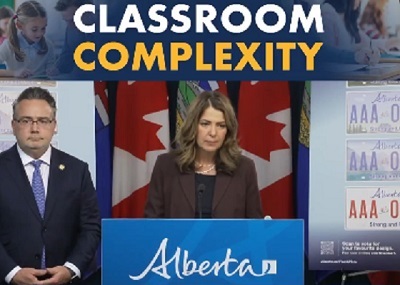
Premier Danielle Smith is posting this response to a media question about Classroom Complexity.
While Albertans are hearing a lot about capping class sizes, Premier Smith says it might be a much better idea to talk about capping “complexity”.
The challenges teachers face in today’s classrooms are recognized, and work continues toward practical solutions that address their concerns.
Achieving a fair and reasonable agreement that best supports students remains a top priority. pic.twitter.com/o4UCt7sDoU
— Danielle Smith (@ABDanielleSmith) October 16, 2025
-

 Business2 days ago
Business2 days agoOver two thirds of Canadians say Ottawa should reduce size of federal bureaucracy
-

 National2 days ago
National2 days agoDemocracy Watch Renews Push for Independent Prosecutor in SNC-Lavalin Case
-

 Alberta23 hours ago
Alberta23 hours agoPremier Smith addresses the most important issue facing Alberta teachers: Classroom Complexity
-

 Alberta23 hours ago
Alberta23 hours agoAlberta taxpayers should know how much their municipal governments spend
-

 International1 day ago
International1 day agoItaly set to outlaw Islamic face coverings nationwide
-

 illegal immigration1 day ago
illegal immigration1 day agoLos Angeles declares a state of emergency over ICE deportations
-
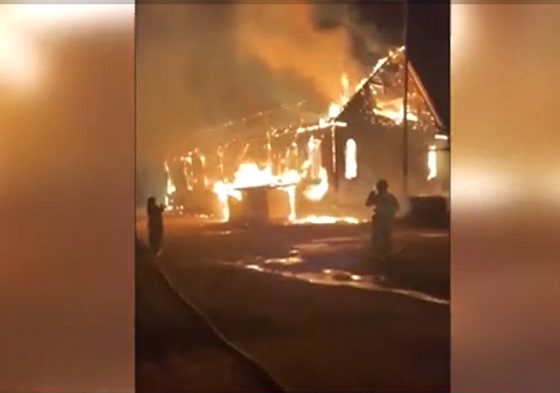
 Indigenous1 day ago
Indigenous1 day agoConstitutional lawyer calls for ‘false’ claims to end in Canadian residential schools burials
-

 Alberta2 days ago
Alberta2 days agoClick here to help choose Alberta’s new licence plate design





